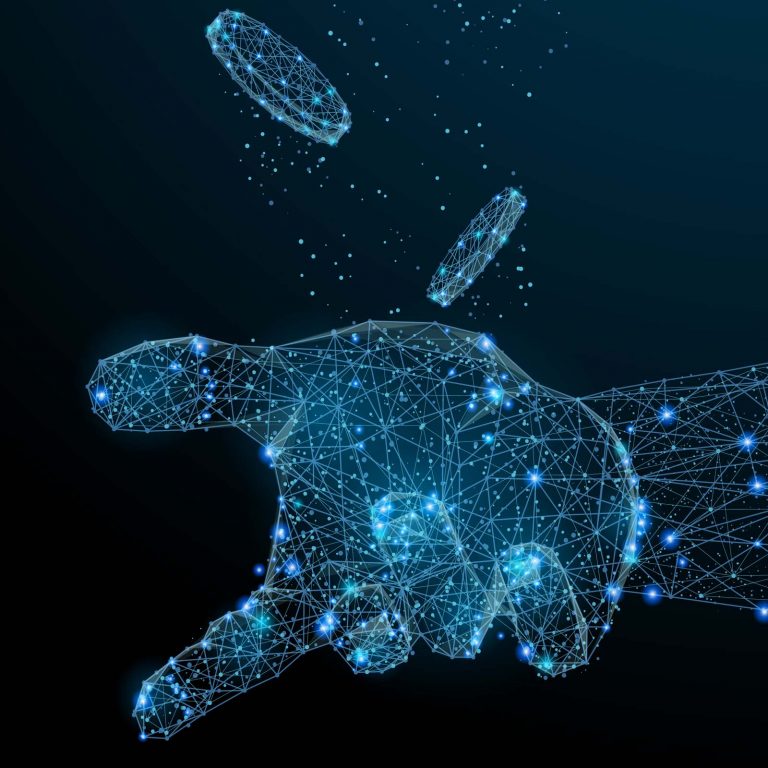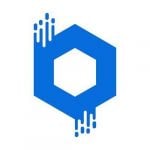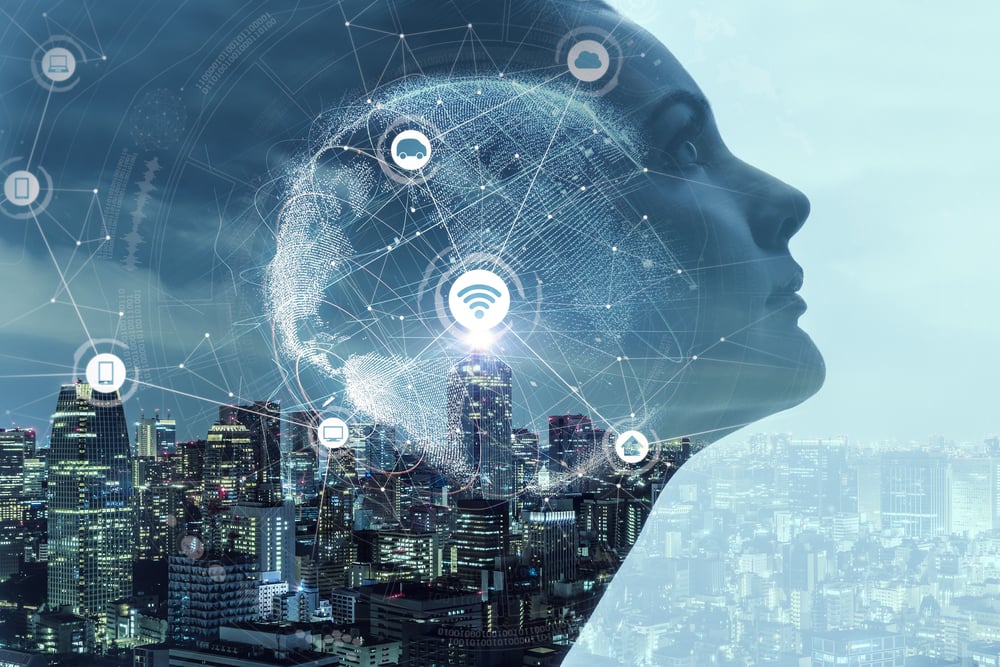
In today’s Bitcoin in Brief we cover a recent announcement by a leading European crypto exchange – Bitpanda is adding two new coins, IOTA and Komodo. While on the Old Continent, Microsoft has immersed a whole data center off the coast of Scotland. And in Japan, a startup uses artificial intelligence, augmented reality and blockchain technology to create a “virtual human agent.”
Also read: Bitcoin in Brief Thursday: New Tech and a Quick Way to Make a Fortune in Crypto
Bitpanda Lists IOTA and Komodo
 Bitpanda, one of Europe’s established cryptocurrency exchanges, is adding two new coins – IOTA (MIOTA) and Komodo (KMD). The announcement comes after the successful launch of Bitpanda 2.0 and the team is promising new listings on a regular basis. Initially, both cryptocurrencies will be offered through a trade only, buy and sell option.
Bitpanda, one of Europe’s established cryptocurrency exchanges, is adding two new coins – IOTA (MIOTA) and Komodo (KMD). The announcement comes after the successful launch of Bitpanda 2.0 and the team is promising new listings on a regular basis. Initially, both cryptocurrencies will be offered through a trade only, buy and sell option.
“Our Integration Team has been working hard the past few months and we are now happy to announce that Komodo will be added on June 12, 2018 to the Bitpanda platform, and IOTA will follow on June 14, 2018. To speed things further up, we will offer new cryptocurrencies on a regular basis to our users,” Bitpanda said.
 The trading platform noted that the integration of IOTA comes in response to popular demand within the Bitpanda community. The listing has been confirmed by the IOTA team, too. Bitpanda and the IOTA Foundation are working closely to set up an IOTA wallet on the exchange, which will be supporting withdrawal and send functions.
The trading platform noted that the integration of IOTA comes in response to popular demand within the Bitpanda community. The listing has been confirmed by the IOTA team, too. Bitpanda and the IOTA Foundation are working closely to set up an IOTA wallet on the exchange, which will be supporting withdrawal and send functions.
Komodo, which is also among Bitpanda’s partners, will be one of the platforms for the Pantos meta token (PAN). The project aims to provide instant transfers between supported blockchains. The exchange plans to offer KMD wallet in the near future.
Microsoft Experiments with an Underwater Data Center
One of Microsoft’s data centers is now operating at about 100 ft (~30 m) below the surface of the North Sea, not far from the British Orkney Islands. Project Natick is powered by renewable energy generated by wind, solar, and tidal installations which meet completely the energy needs of the archipelago situated close to the Scottish shore.
The data center is made up of 864 servers in a container that sits on the sea bottom about 14 miles (~22 km) from the coast. Its electricity is supplied through an undersea cable using the green energy produced on the islands. The data center is designed to fit into a standard shipping container and can be easily relocated. May be that’s an idea crypto miners should consider.
Natick is a pilot project and Microsoft will operate the data center for a period of 12 months, Quartz reported. The company says bringing data centers close to hubs of computing power benefits customers by cutting down the back-and-forth between users and servers. The software giant points out that nearly half the world’s population lives within 120 miles (~150 km) of the ocean.
Another strong argument in favor of the project is the opportunity to bring cooling costs down, as deep sea waters maintain lower temperatures which help the cooling of the hardware. “It’s our belief that this type of data center could lead to reduced costs and simpler structures that incorporate fewer materials, requiring less maintenance and electricity,” a Microsoft representative commented.
Initially, the servers will be put through a series of tests aimed at evaluating power consumption, humidity, noise creation, and temperature levels. On the second stage, customers will be allowed to use the data center. If the project is successful, Microsoft plans to keep operating the servers and continue to provide access to users.
Tokyo Company Creates Virtual Human Using AI, AR and Blockchain
A Japanese startup called Cougar is working on a project to create a “Virtual Human Agent” (VHA). The company is using artificial intelligence (AI), augmented reality (AR) and blockchain technology to realize the project. According to CEO Atsushi Ishii, this is the first tech combination of this kind.
A video released by Cougar shows how the VHA can momentarily jump from one device to another, from a PC to a smartphone in this case, when asked to do so. “That’s a nice chair,” the female character also says, demonstrating her abilities to use AI-driven image recognition to assess the surroundings.

Couger is a small business, with fewer than 15 employees, according to a report by the Nikkei Asian Review. Its team of engineers is involved in game consoles development. The company, however, has pans in many other fields, including robotics and the internet of things. Its management dreams of creating “a world where devices act autonomously,” an ambition which requires the confluence of multiple technologies.
The Tokyo-based startup has been working on a gateway called Connectome, promising to design a “smart space” by seamlessly linking different devices and technologies. The project should pave the way for more innovations. The Virtual Human Agent has been created as part of the effort to develop Connectome.
Couger stresses the importance of linking two technologies in particular – artificial intelligence and blockchain, the distributed ledger underpinning cryptocurrencies like bitcoin. AI learns by combing through huge volumes of data, identifying patterns and assessing new information. Couger wants to store the learning records on a blockchain. Knowing what data has been used to teach the AI would allow developers to trust its judgments.
What are your thoughts on the topics in today’s edition of Bitcoin in Brief? Let us know in the comments below.
Images courtesy of Shutterstock.
Bitcoin News is growing fast. To reach our global audience, send us a news tip or submit a press release. Let’s work together to help inform the citizens of Earth (and beyond) about this new, important and amazing information network that is Bitcoin.
The post Bitcoin in Brief Friday: Bitpanda Offers New Coins, Microsoft Dips Data Center in the Sea appeared first on Bitcoin News.
from Bitcoin News https://ift.tt/2JG3AhM
via BITCOIN NEWS
from BITCOIN NEWS https://ift.tt/2sR8Apo
via Bitcoin News Update